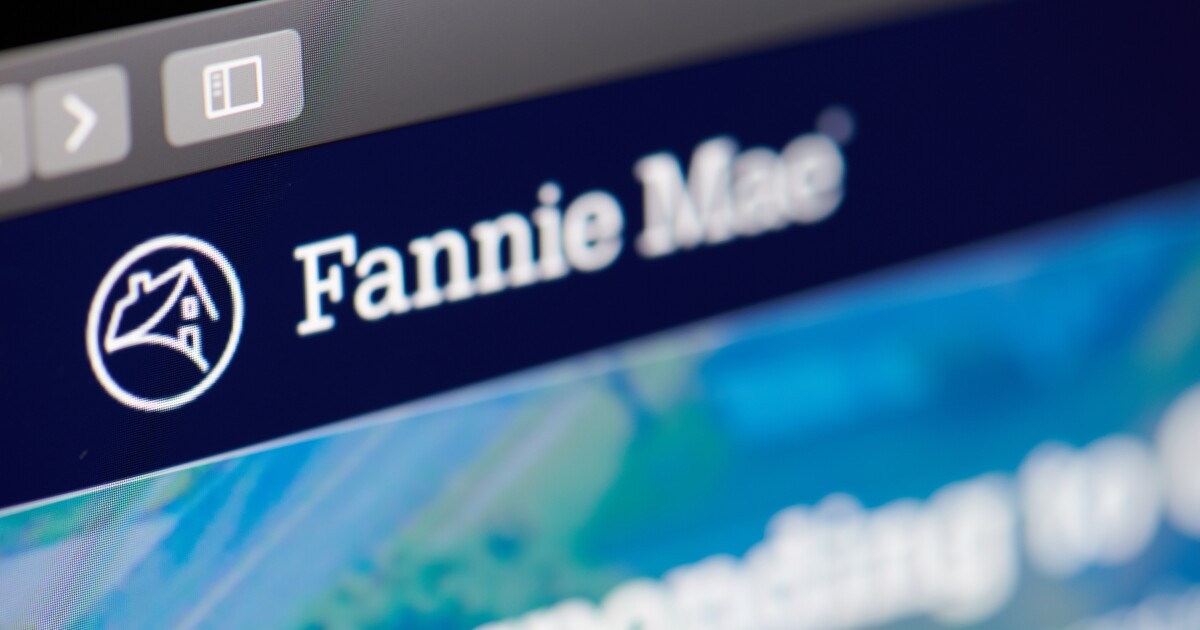
The influential government-related mortgage investor purchased $62 billion single-family loans during the first three months of the year, down from $70 billion the previous quarter and $68 billion a year earlier, when the number also was
"Continued high interest rates, housing affordability constraints, and limited supply resulted in low refinance volume and put downward pressure on the volume of purchase loans we acquired," said Chryssa Halley, chief financial officer, in an earnings call.
However, other offsetting strengths increased earnings slightly to $4.3 billion during the first quarter, compared with $3.9 billion the previous fiscal period and $3.8 billion a year ago; and executives said Fannie is taking steps to sustainably finance more borrowers.
"Our first quarter revenues remain strong, with $7 billion of net interest income thanks to healthy guarantee fees," Halley said.
While g-fees were down from $7.7 billion the previous quarter they were up from $6.8 billion a year earlier.
Fannie also saw a benefit for credit losses this quarter of $180 million as opposed to a provision of $116 million the prior quarter.
"This was driven by a release in reserves due to increases in forecasted single-family home prices partially offset by an increase in reserves for multifamily," said Halley. "The multifamily increase is due primarily to declining actual near-term projected property values, as well as increases in actual and projected interest rates compared to the company's prior forecast."
Multifamily loan purchases also have been slower and fell to the lowest they've been since the fourth quarter of 2015 at $10.2 billion, down slightly from around $11.2 billion the previous fiscal period and $10.2 billion a year ago.
The circumstance suggests the future strength of Fannie's earnings rests largely on continued strength in single-family home prices, the economy and consumer sentiment.
Indicators show consumer homebuying interest is persisting with some adjustment to current interest rates even though affordability hurdles are a challenge, CEO Priscilla Almodovar said during the earnings call.
"Despite these pressures, consumers seem to be adjusting their expectations on mortgage rates and the home price environment," she said.
Also, Fannie has been adding measures to address economic hurdles to buying, Almodovar said.
One step Fannie took Monday to extend more loans to the market was to initiate an effort to draw up a standard definition for a "first-generation homebuyer" in line with its
"We hope that the standard definition will allow the industry to understand and explore new ways of addressing this disparity," she said.
Another has been a temporary change Fannie made to its Homeready low-downpayment program, which allows borrowers in areas making no more than the 50% of the median income to put $2,500 toward closing costs. (Its competitor, Freddie Mac,
"We're also creatively using our role in the capital markets to support our mission," Almodovar added. "This past quarter, we launched our enhanced single-family mission index disclosures, which helped interested mortgage-backed security investors allocate their capital in support of affordable housing."
During the quarter, Fannie was the second largest single-family issuer of MBS with a 27% market share, compared to 38% for government guarantor Ginnie Mae, 26% for competitor Freddie Mac, and 9% for the private-label market.



